Children
-
More Children Visit the Emergency Room for Asthma during School Months Compared to Summer Months
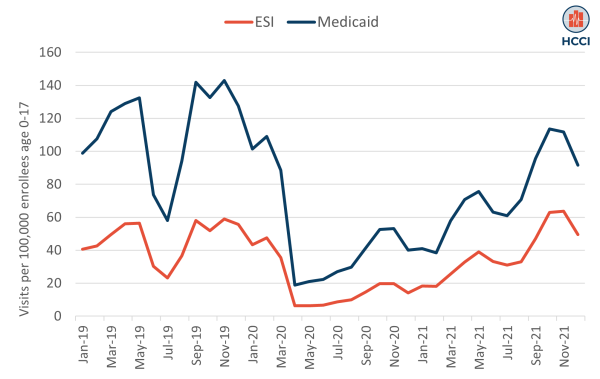 Read more: More Children Visit the Emergency Room for Asthma during School Months Compared to Summer Months
Read more: More Children Visit the Emergency Room for Asthma during School Months Compared to Summer MonthsAsthma is the most common chronic condition among children in the U.S. and one of the leading reasons for pediatric emergency room (ER) visits. Schools play an important role in managing asthma among children since kids spend most of their time in school and school buildings may have environmental factors such as poor air quality…
-
Childrens Asthma ER Visits
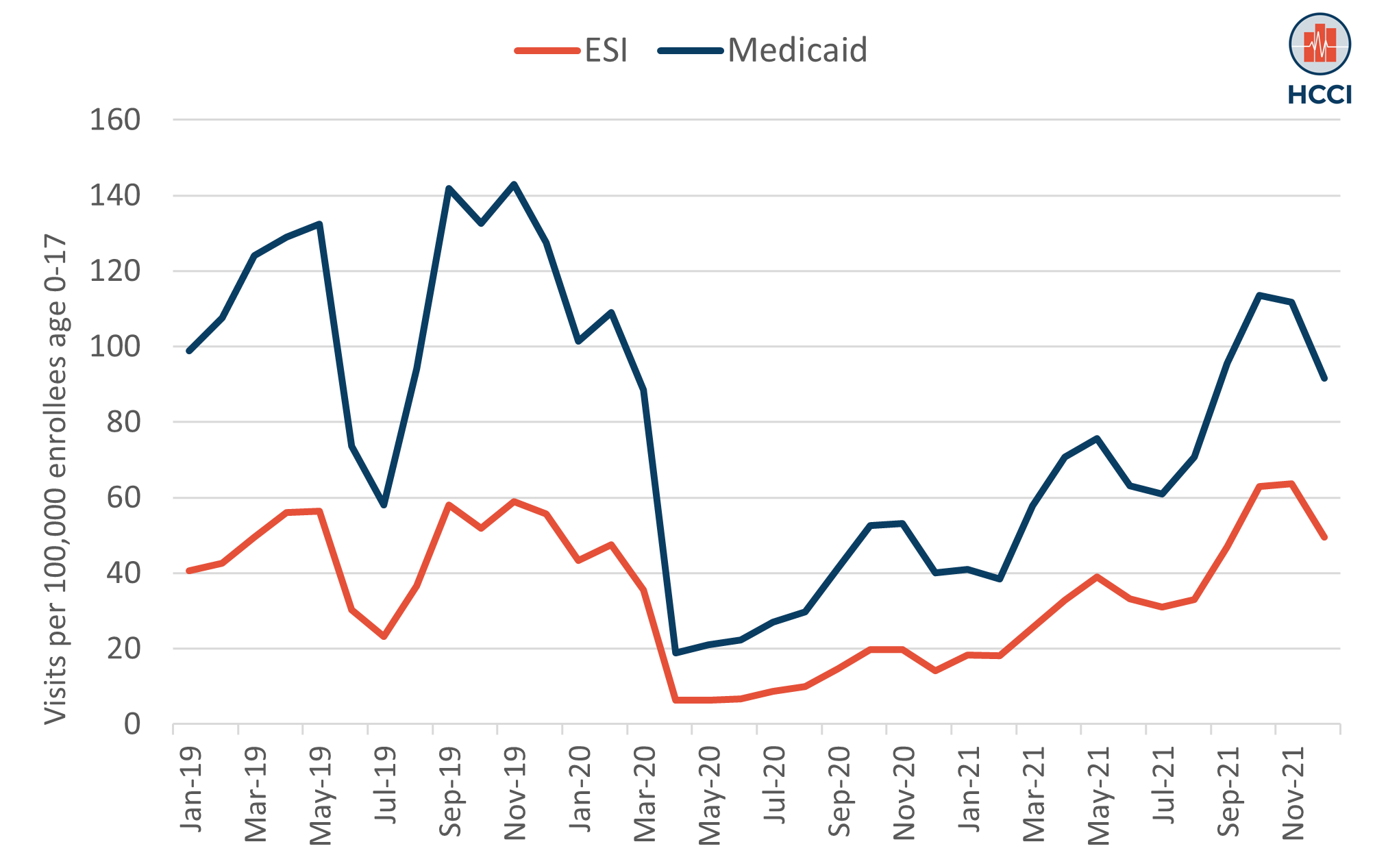 Read more: Childrens Asthma ER Visits
Read more: Childrens Asthma ER VisitsAsthma is the most common chronic condition among children in the U.S. and one of the leading reasons for pediatric emergency room (ER) visits. Schools play an important role in managing asthma among children since kids spend most of their time in school and school buildings may have environmental factors such as poor air quality and mold which can trigger asthma…
-
HCCI Data Byte: Using 5-Digit Enrollee and Hospital Zip Code Data to Examine Travel Times for Children’s Hospital Services
 Read more: HCCI Data Byte: Using 5-Digit Enrollee and Hospital Zip Code Data to Examine Travel Times for Children’s Hospital Services
Read more: HCCI Data Byte: Using 5-Digit Enrollee and Hospital Zip Code Data to Examine Travel Times for Children’s Hospital ServicesHCCI’s commercial claims dataset includes claims for over one-third of the population with health insurance through their job (employer-sponsored insurance, or ESI). There are a number of unique features of these data that make them valuable for answering important health care and health policy questions. One such feature is the 5-digit zip codes of ESI…
-
Greater Share of Children’s Emergency Room Visits were for Mental Health Needs in 2020
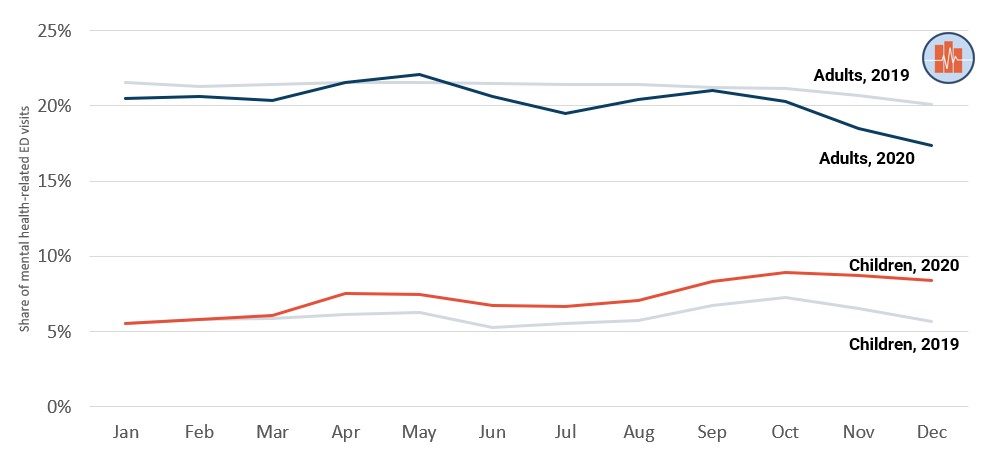 Read more: Greater Share of Children’s Emergency Room Visits were for Mental Health Needs in 2020
Read more: Greater Share of Children’s Emergency Room Visits were for Mental Health Needs in 2020In 2021, the American Academy of Pediatrics, the American Academy of Child and Adolescent Psychiatry, and the Children’s Hospital Association, declared a National State of Emergency in Children’s Mental Health associated with the COVID-19 pandemic, including the loss of caregivers, school closures, social isolation, and gaps in health care (see citations below). Understanding the effect…
-
Children’s Health Services 2020 Report
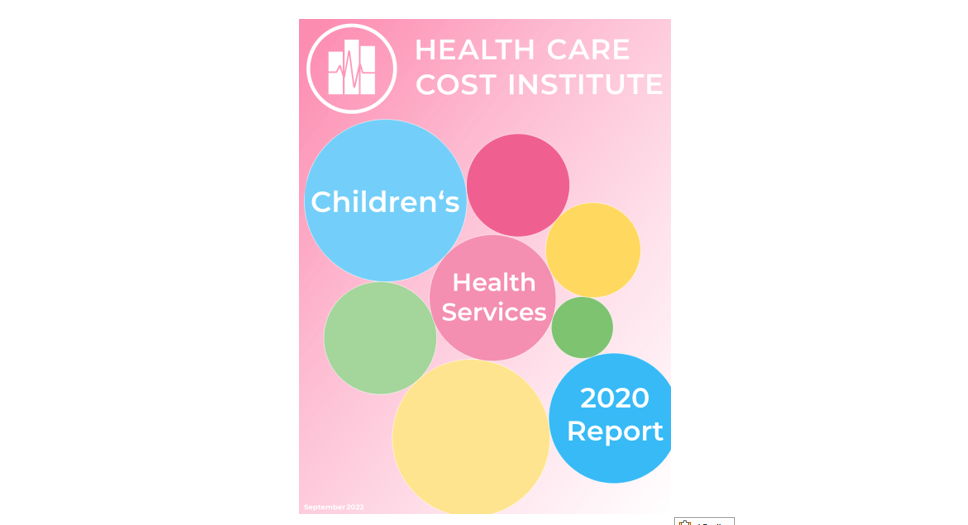 Read more: Children’s Health Services 2020 Report
Read more: Children’s Health Services 2020 ReportThe population with employer-sponsored health insurance (ESI) includes individuals who receive health insurance coverage from an employer, including employees and their dependents, such as spouses and eligible children. Half of the children in the U.S. are covered by ESI, making this form of coverage the largest source of insurance for American children. In this report,…
-
COVID-19 Disrupted On-Time Vaccination Rates In ESI and Medicaid in 2020
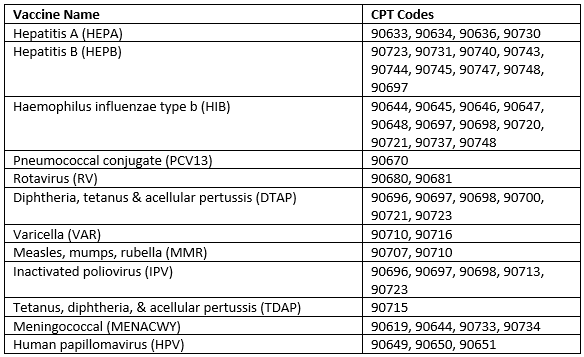 Read more: COVID-19 Disrupted On-Time Vaccination Rates In ESI and Medicaid in 2020
Read more: COVID-19 Disrupted On-Time Vaccination Rates In ESI and Medicaid in 2020It is no secret that the COVID-19 pandemic upended the U.S. health care system in 2020, with effects still being felt in 2022. HCCI previously published a brief that showed precipitous drops in the utilization of several preventive health care services in early 2020. Several news outlets have also covered the effect of the pandemic on routine…
-
Mental Health and Respiratory Admissions Account for the Majority of Non-Newborn Children’s Hospitalizations from 2016-2020
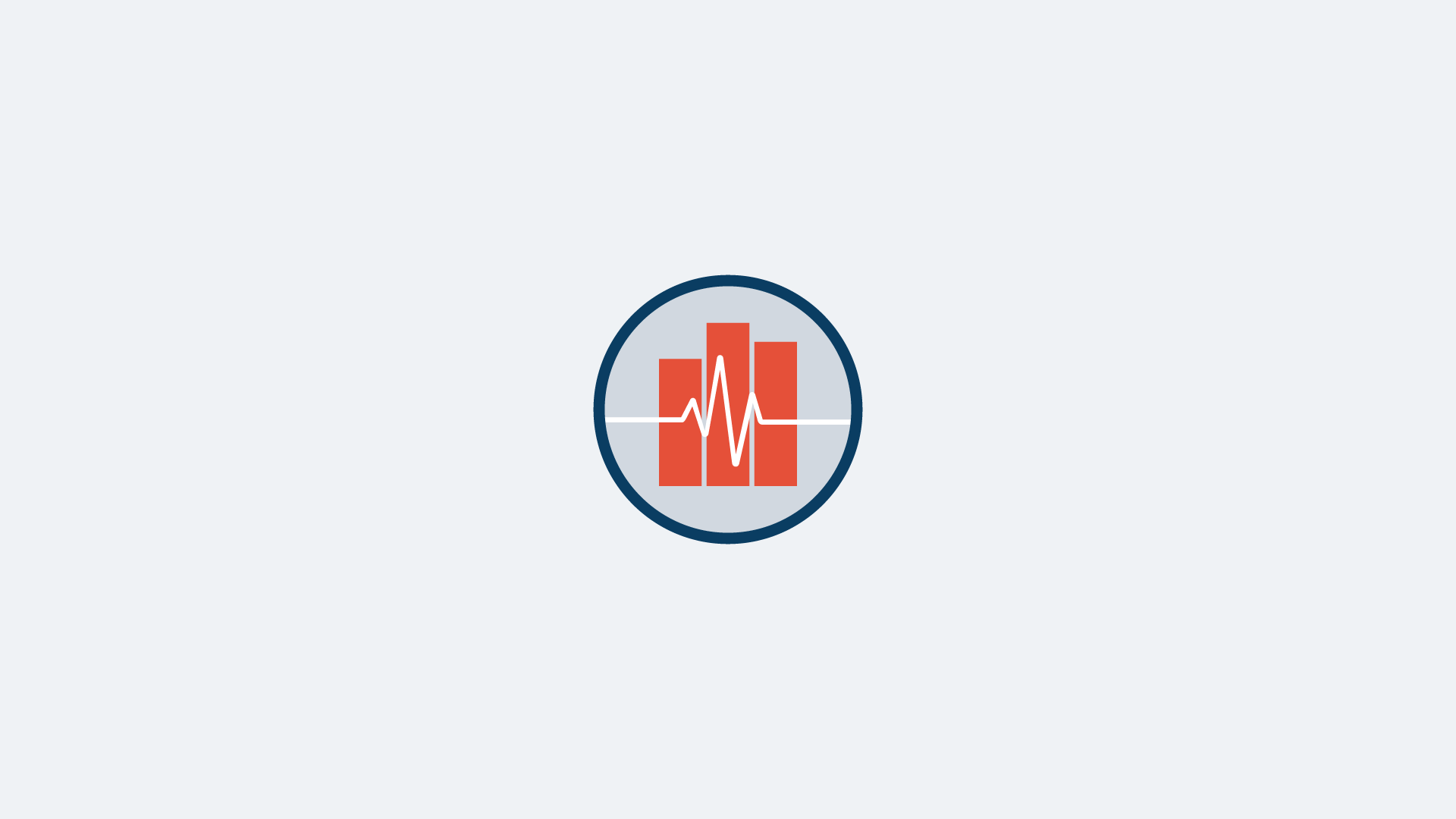 Read more: Mental Health and Respiratory Admissions Account for the Majority of Non-Newborn Children’s Hospitalizations from 2016-2020
Read more: Mental Health and Respiratory Admissions Account for the Majority of Non-Newborn Children’s Hospitalizations from 2016-2020Half of American children have health insurance coverage through an employer (typically as a dependent on a parent’s coverage). Therefore, a major asset of employer-sponsored insurance (ESI) claims data is the opportunity to understand more about how children use and experience the health care system. In this brief, we use HCCI’s unique national dataset encompassing…
-
2014 Diabetes Health Care Cost and Utilization Report
 Read more: 2014 Diabetes Health Care Cost and Utilization Report
Read more: 2014 Diabetes Health Care Cost and Utilization ReportThe 2014 Diabetes Health Care Cost and Utilization Report examines how much is spent on health care for adults and children with diabetes, where those dollars are spent, and how that compares to people without diabetes. It is based on the health care claims of more than 40 million Americans younger than 65 covered by…
-
Children’s Health Spending Report 2010-2014
 Read more: Children’s Health Spending Report 2010-2014
Read more: Children’s Health Spending Report 2010-2014Children’s Health Spending: 2010-2014 examines spending on health care for children covered by employer-sponsored insurance from 2010 to 2014. For the first time, HCCI analyzed children’s health care spending trends at the state level, reporting on Arizona, Connecticut, Florida, Illinois, Maryland, Ohio, Texas, Virginia, and Wisconsin, as well as the District of Columbia. Key…
-
Children’s Health Spending: 2010-2013
 Read more: Children’s Health Spending: 2010-2013
Read more: Children’s Health Spending: 2010-2013Children’s Health Spending: 2010–2013 shows that spending on healthcare for children (ages 0-18) covered by employer-sponsored insurance grew an average of 5.7% per year. The increase in spending in 2013 occurred despite a drop in the use of prescription drugs and visits to the emergency room, demonstrating that rising health care prices were an evident…
